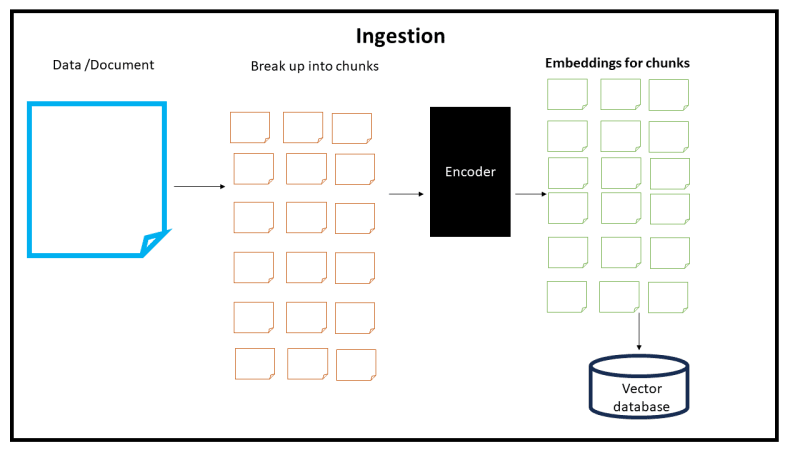Front-end development refers to creating the visual and interactive aspects of websites and web applications that users directly interact with. It is a good choice for a long-term career change, or a side business, as it requires a low barrier to entry.
Before we dive into the steps, it is important to understand what front-end development is all about, and what front-end developers do.
This article is completely beginner-friendly and doesn’t require any prior knowledge of coding.
A front-end developer is a programmer who focuses on a website or web application’s user interface and user experience.
Roles of a Front-End Developer
Front-end developers form an integral part of the web development process. Specializing in crafting and refining client-side interfaces for applications and websites.
They are responsible for a variety of important tasks:
User Interface Design Implementation
Dynamic functionalities and interactivity of websites.
Ensuring Responsiveness across devices
Performance optimization
Version Control
Cross-browser Compatibility testing
User Interface Design Implementation:
Front-end Development involves crafting visually captivating interfaces through code. It involves implementing designs that align with brand objectives. This is done with a thorough understanding of front-end design.
Dynamic functionalities and interactivity of websites.
Functionalities such as button clicks are achieved in front-end coding. This ensures a smooth and seamless experience for users by optimizing the usability and accessibility of the interface
Ensuring Responsiveness across devices.
According to Exploding Topics, Over 60% of website traffic comes from mobile devices. This entails that developers should ensure responsiveness on almost all devices. Responsiveness across devices is an essential role of front-end developers.
Performance Optimization.
This is achieved by optimizing code, minimizing image size, and caching during development.
Version Control
Versioning helps developers to track changes in their projects. It helps in branch management, codebase maintenance, and documentation.
Cross browser compatibility
Front-end developers play significant roles in ensuring websites and web applications function consistently across browsers.
Essential Front End Technologies.
HTML
CSS
JavaScript
Git
JavaScript frameworks/libraries
CSS frameworks/libraries
HTML (Hypertext Markup Language):
HTML is the standard markup language for creating the structure and content of web pages. It defines the elements and layout of a webpage, such as headings, paragraphs, images, and links.
CSS (Cascading Style Sheets):
CSS is used to style the appearance of HTML elements on a webpage. It allows developers to define colors, fonts, layouts, and other visual aspects to create appealing and responsive designs.
JavaScript:
JavaScript is a programming language that allows web pages to have dynamic and interactive features.
It is used for tasks such as; button clicking and creating interactive features like sliders, carousels, and animations.
Git:
Version control systems like Git are essential tools for managing code changes, collaboration among developers, and tracking project history.
JavaScript libraries and frameworks:
This includes React.js, Vue.js, Angular, and Svelte which are used to build dynamic and interactive user interfaces for web applications. They provide reusable components, and capabilities to enhance development efficiency and maintainability.
CSS frameworks:
CSS frameworks such as Bootstrap, Tailwind CSS, and so on provide pre-designed styles and components to streamline the process of building responsive and visually consistent web layouts
How to become a front-end developer in 2024
You can become a front-end developer by enrolling in a boot camp or taking self-paced courses.
I recommend taking free courses on FreeCodeCamp to learn the basics.
Here’s my advice for anyone looking to start front-end
development in 2024;
Start by learning how the web works, and understand the core concepts of web development
Learn HTML basics
Style your web pages using CSS
Build simple static websites
Learn JavaScript concepts such as variables, DOM, events, loops, etc.
Add functionalities to your styled pages
Learn version control and push your projects to Github, an open-source version control software that lets multiple people make separate changes to web pages at the same time
Always google any issues you encounter.
Learn a CSS framework, and use it for building projects.
Choose a JavaScript library or framework of choice and start learning.
Join any developers community like dev. to
Practice Practice Practice.
In Conclusion
Hone your skills. Start by structuring with HTML, styling with CSS, and interactivity with JavaScript. Use Git for version control and push your projects to GitHub for collaboration.
Front-end development might be overwhelming but you can master it by practicing consistently.
Please like, comment, and follow for more web development-related content.





